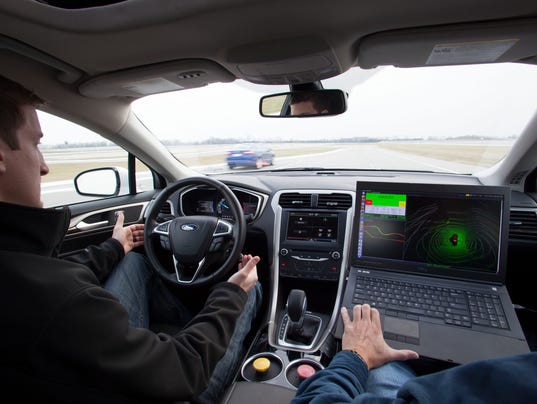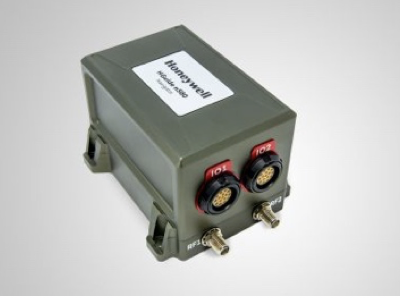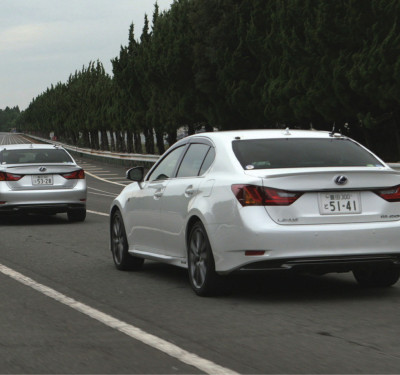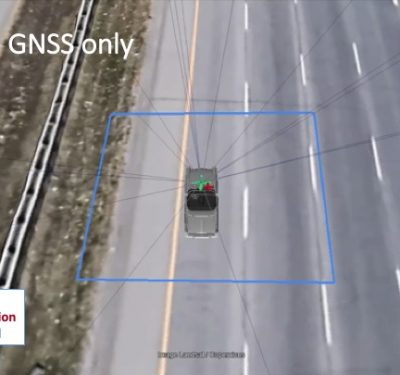
Autonomous vehicle technology has shifted from a research effort to an advanced engineering project at Ford—moving autonomous vehicles one step closer to production for this vehicle manufacturer.
The company recently appointed 29-year Ford veteran Randy Visintainer as the director of autonomous vehicle development, according to a news release. Ford also created a global team to work on the advanced program.
The Ford Research and Innovation Center in Palo Alto is working on the global Ford team to deliver the Ford Smart Mobility plan, according to the release. This plan will focus on connectivity, mobility, autonomous vehicles, the customer experience and big data.
“During the next five years, we will move to migrate driver-assist technologies across our product lineup to help make our roads safer and continue to increase automated driving capability,” said Raj Nair, Ford group vice president, Global Product Development, according to the release. “At the same time, we are working to make sure those features and the whole way you shop for, buy and own a Ford vehicle provides an outstanding customer experience.”
This marks the second of three phases designed to bring autonomous driving technology to market, according to the release. Ford will now work to develop the sensing and computing technology required for autonomous driving, as well as continue testing and refining algorithms.
Ford also announced that Pre-Collision Assist with Pedestrian Detection technology will be available on a United States Ford-brand vehicle in 2016. The feature is already available on Ford Mondeo in Europe, and should be available on most Ford products globally by 2019.






